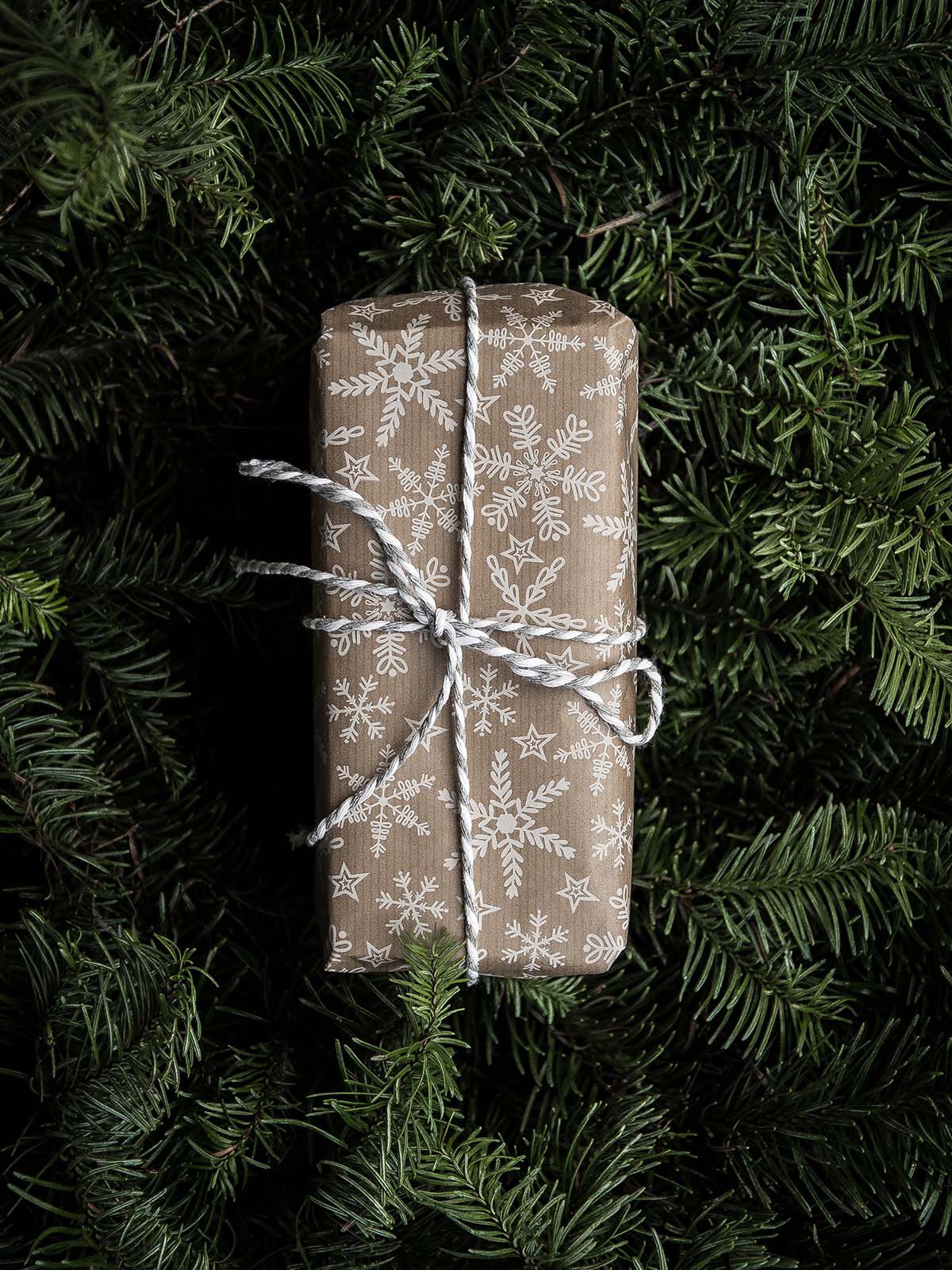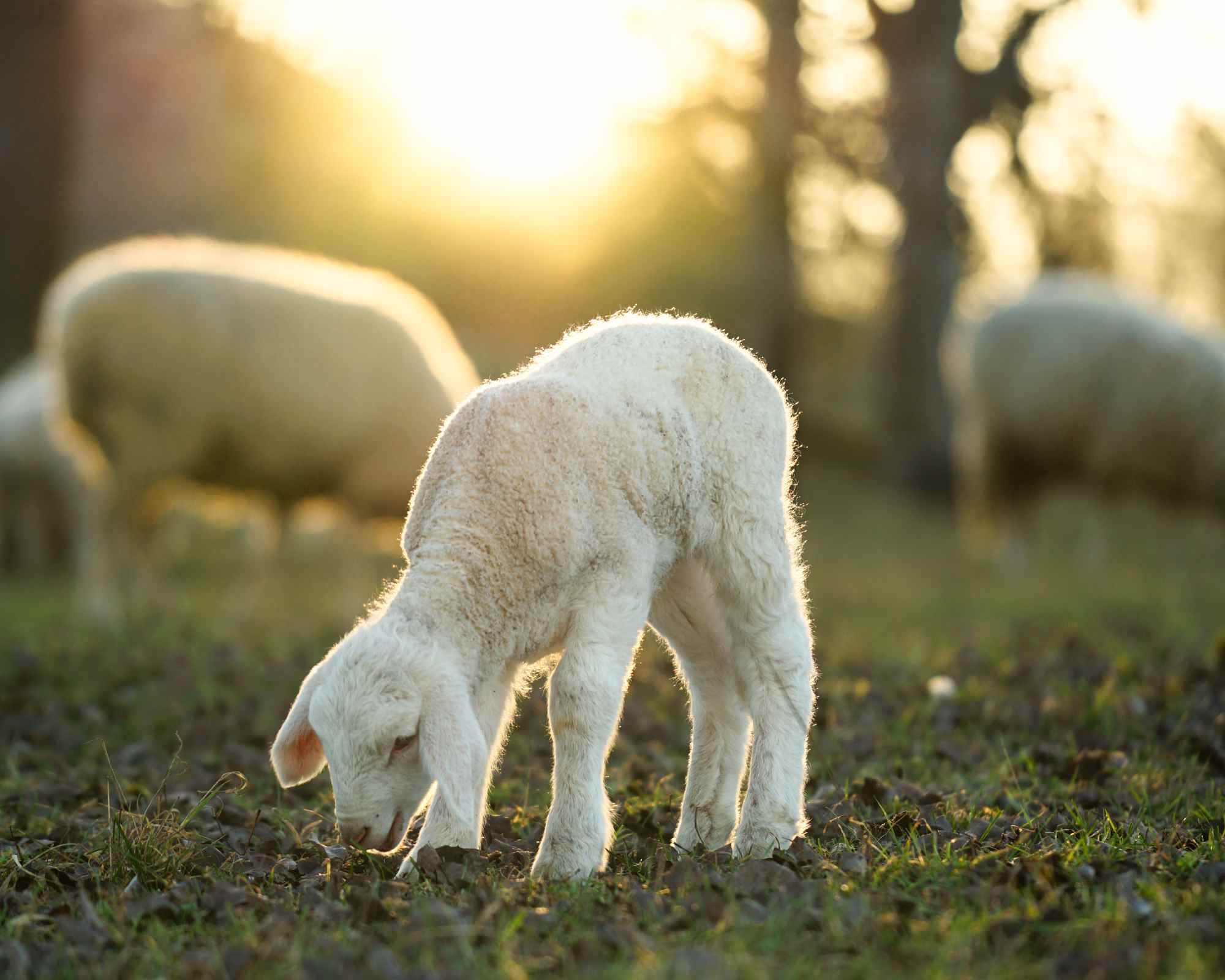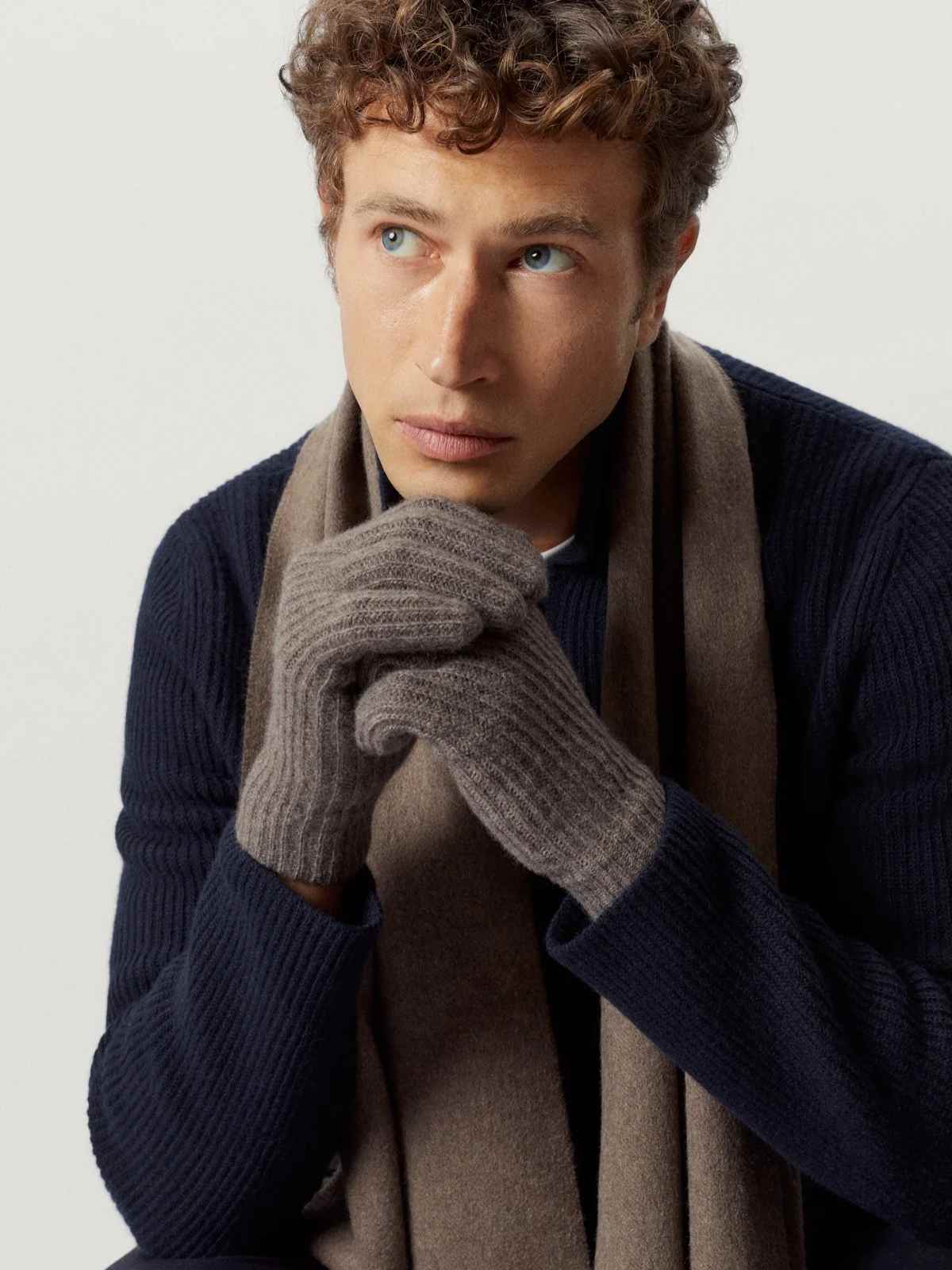Mulesing is a form of mutilation where a sheep’s skin is cut off, but it’s still used in the wool industry today. Here, we explain why it’s done and whether there are alternatives—plus, which brands are mulesing-free?
What is mulesing?
Mulesing is a painful surgical process for sheep developed in the 1920s to help prevent flystrike (also called myiasis), a parasitic infection that can kill animals.
Flystrike isn’t limited to sheep, but the reason it affects them so much comes down to the skin around the animal’s backside and legs, which is commonly wrinkly and woolly, and can harbour its waste material and moisture. This, in turn, attracts blowflies to the folds of skin, where they lay eggs, hatch into maggots, and live off of the sheep’s tissue, causing wounds and potentially blood poisoning. Merino sheep are more frequently affected by flystrike than other kinds because humans have selectively bred them to be as wrinkly as possible in order to yield more wool from each animal.
Mulseing removes the folds of skin around a sheep’s breech area and therefore reduces the likelihood of blowflies moving in—but it doesn’t prevent other parts of the sheep from becoming infected. Mulesing is usually performed early on in a sheep’s life, when they are between two and 10 weeks old, and there are several methods of doing so:
Traditional mulesing, or ‘live lamb cutting’
The most common mulesing method involves restraining lambs on their backs before crescent-shaped flaps of skin are sliced away from around the animal’s breech using sharp shears—usually without pain relief. When the mulesed area heals, it leaves a smooth area of scar tissue that is less likely to harbour flies and their eggs.
Steining, or sheep freeze branding
The lamb’s skin is clamped tightly and liquid nitrogen is applied to freeze the area. Eventually, the skin dies and falls off, being replaced with tight scar tissue. Steining is sometimes promoted as a less painful process than using shears, but a report found this is untrue, and the fact remains that freeze branding hurts sheep and causes them suffering.
Rubber bands
Though not as common as slicing or freezing the skin, rubber bands have emerged as another method for removing a lamb’s skin. Wool industry bodies have distanced themselves from the practice, noting that yet another harmful procedure is unlikely to be accepted as a solution for shifting away from traditional mulesing.
Mulesing causes sheep to suffer
The mental and physical effect of mulesing on lambs is serious—it is a deeply unpleasant and painful experience during which animals are rarely anaesthetised or given pain relief (though it is a legal requirement in some regions of Australia where mulesing is still practised). The RSPCA notes that lambs experience initial pain from skin cutting for at least 48 hours and up to several weeks, while the wounds can take almost two months to heal.
And reports suggest that lambs who’ve been subject to mulesing are so distressed that afterwards, they avoid humans and in particular the person responsible for the procedure. Not only that, but they “socialise less, lose weight in the first two weeks post-mulesing, exhibit behavioural indicators of pain including prolonged hunched standing and less time lying and feeding.”
To highlight the cruelty of the practice, animal welfare organisations such as FOUR PAWS have campaigned to rename mulesing to “live lamb cutting”, which they say is a more accurate way to describe the procedure.
Some wool producers argue that mulesing is necessary to save sheep the awful experience of flystrike, which is fatal if untreated, but there are alternatives and options in development. The Guardian reports that work is underway to create a vaccine against flystrike, and at least 3,000 wool producers in Australia have already moved to breeds of merino sheep that have fewer wrinkles and are less susceptible to infection—at the moment, this is the widely promoted solution for eliminating mulesing. But the industry could also move to sourcing materials that don’t involve animals, too.
Is mulesing illegal?
Given the impact mulesing has on sheep, most places in the world have now banned it. But Australia, where the practice originated, still allows the practice. Considering the region produces roughly 70% of the world’s merino wool, according to FOUR PAWS, a large proportion of wool in the fashion industry could still come from mulesed sheep—though as we noted above, some producers in Australia are opting for alternatives. Animal rights campaigners continue to pressure brands and the Australian government to ban it entirely. In the meantime, it’s vital for consumers to vote with their wallets and choose mulesing-free wool when they’re shopping.
How to recognise mulesing-free wool
Moving to mulesing-free wool is a welcome shift in the industry. In fact, the preference for it is growing to such an extent that it’s putting huge pressure on Australian producers to make a change, and the price of mulesed-wool is being driven down, meaning there’s increasingly a financial incentive to move to mulesing-free wool.
FOUR PAWS, which has long campaigned to end mulesing, has a full list of brands that’ve made public statements against mulesing, though it cautions that those statements should be backed up by actions to source certified wool. Those certifications include Textile Exchange’s voluntary Responsible Wool Standard, which requires mulesing to be prohibited in the supply chain, so be sure to look out for brands that are certified against it, such as Coco & Kandy, 1 People, and Santicler. Other brands that have committed to using mulesing-free wool are Stella McCartney, Spell, Armedangels, and many more. Elsewhere, the Australian Wool Sustainability Scheme’s SustainaWOOL standard, the Global Organic Textile Standard (GOTS), and the ZQ certification prohibit mulesing, too. And if your favourite brand hasn’t yet prohibited mulesed wool, then why not drop them a DM or email to call on them to do better?



















